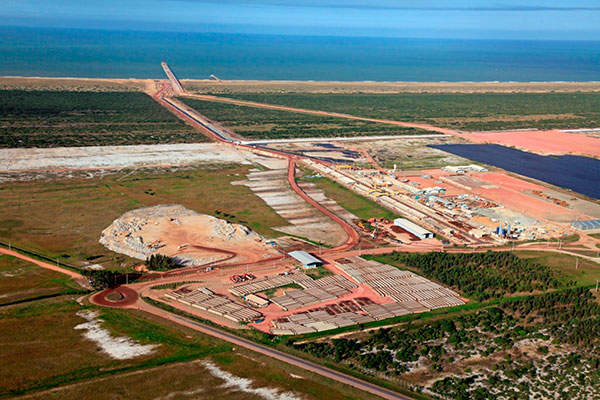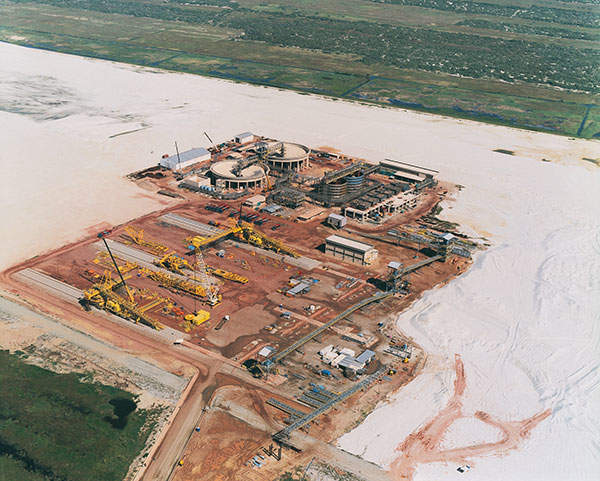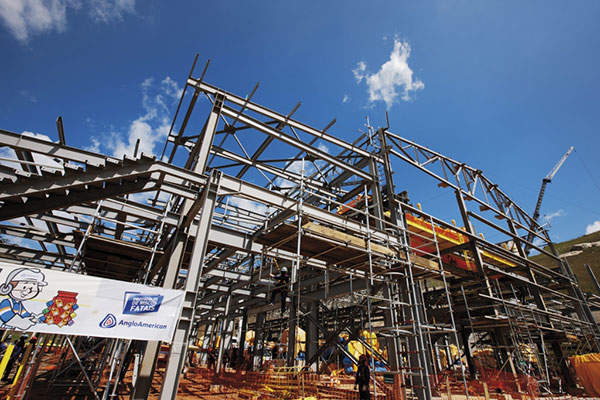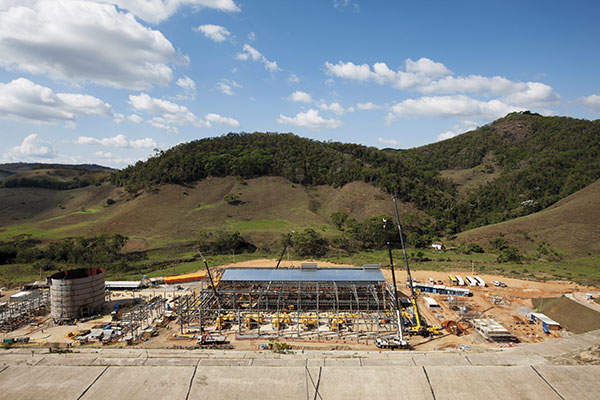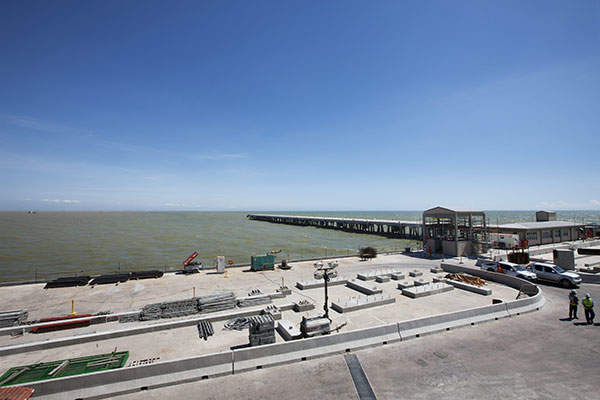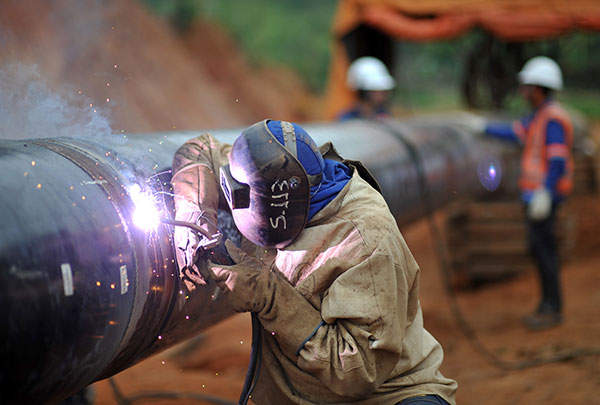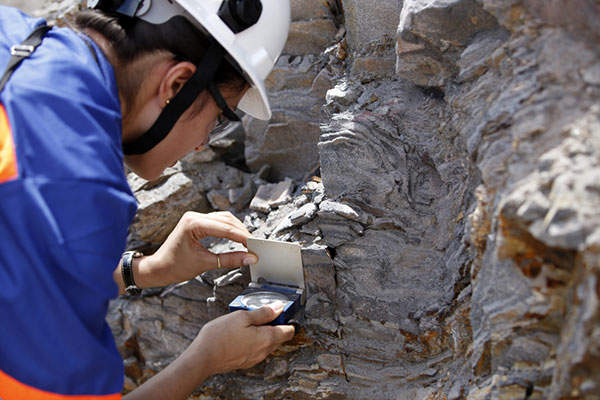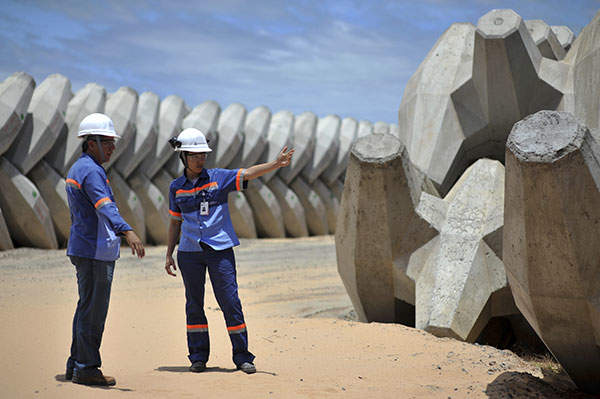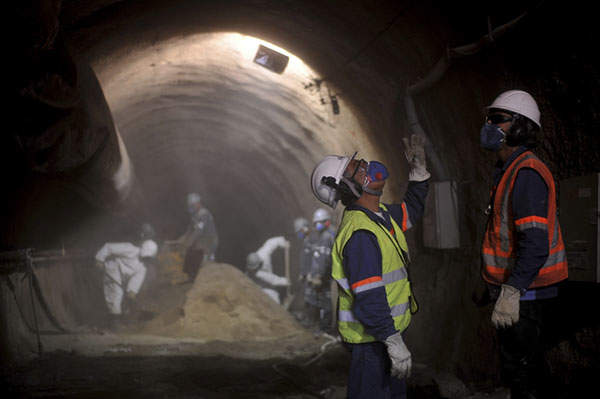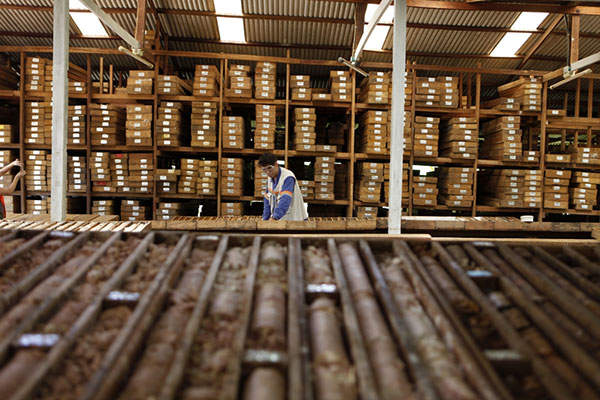The Minas-Rio iron ore mining project is situated in the states of Minas Gerais and Rio de Janeiro in the south-eastern region of Brazil. It is 100% owned by Anglo American through its subsidiary, Iron Ore Brazil.
The mine’s development has been underway since 2009 after Anglo had bought it from MMX in 2008 for $4.6bn. The project has an integrated system comprised open-pit mines, a beneficiation plant, a 529km slurry pipeline, filtering plant and an export terminal at the Atlantic port of Acu in Rio de Janeiro state.
The total development cost of the Minas-Rio project is estimated to be $8.8bn. The first ore shipment was made in October 2014. China will be a major importer of iron ore from the mine.
The project created 12,500 full-time jobs and hired more than 20,000 workers at the peak of construction.
Iron ore reserves at Minas-Rio
Located on the south-east border of the São Francisco Cràton, Minas-Rio iron ore project explores the iron deposits in the Serra do Sapo and Itapanhoacanga the mountain ranges. Two types of ore, namely friable and hard itabirite / hematite, have been identified in both the deposits.
Phase I of the Minas-Rio project explored only the friable itabirite at Serra do Sapo. Having been extensively leached over millions of years, the friable itabirite enables a higher iron (Fe) content and easy removal of contaminants.
The main ore is concentrated in the middle unit of Serra do Sapo formation that corresponds to a large banded iron formation (BIF) belonging to the Serra da Serpentina Group. The occurrence of outcrops is figured out along a 12km-long narrow ridge moderately dipping to the east.
The measured, indicated and inferred mineral resources of Minas-Rio are estimated at six billion tonnes, with a strong potential for further exploration.
The probable reserves were estimated to be 1.45 billion run-of-mine (ROM) tonnes in February 2013.
First phase operations and production
During its first phase of operation, the mine is expected to produce 26.5 million tonnes of ore per annum (mtpa). The initial ROM ore will be 56mtpa with a strip ratio of 0.4.
Transporting iron ore to Açú Port
The iron ore is extracted and processed in the state of Minas Gerais and transported as slurry to Açú Port in the state of Rio de Janeiro.
The ore is extracted through conventional open-pit mine operations. It is processed at the beneficiation plant to upgrade Fe content. With an average plant feed ROM of 56mtpa at 39.5% Fe content, the plant will produce maximum 29.8mtpa of 68% Fe pellet feed following the crushing, grinding and concentrating.
The pellet feed is transported through a 529km long slurry pipeline that passes through 32 municipal districts to connect to the Port of Açu. The ore slurry is pushed through the pipe line by gravity with two pump stations and one valve station. The pipeline is 24in to 26in in diameter.
The ore is dewatered in the filter plant located near the port for shipment.
Future development at Brazil’s Minas-Rio mine
A pre-feasibility study for the expansion of the project has been contracted to Ausenco.
The expandable resource base for high-grade ore at the mine, coupled with low operating cost through ownership of integrated logistics, is likely to strengthen the position of Anglo American in the global iron ore export market.
Related content
Carajas Iron Ore Mine, Brazil
The Carajás Mine is the world’s largest iron ore mine and is located in the state of Para in Northern Brazil.
Vila Nova Iron Ore Mine, Brazil
The Vila Nova iron ore mine is located 175km west of Macapa in the state of Amapa, Brazil.

